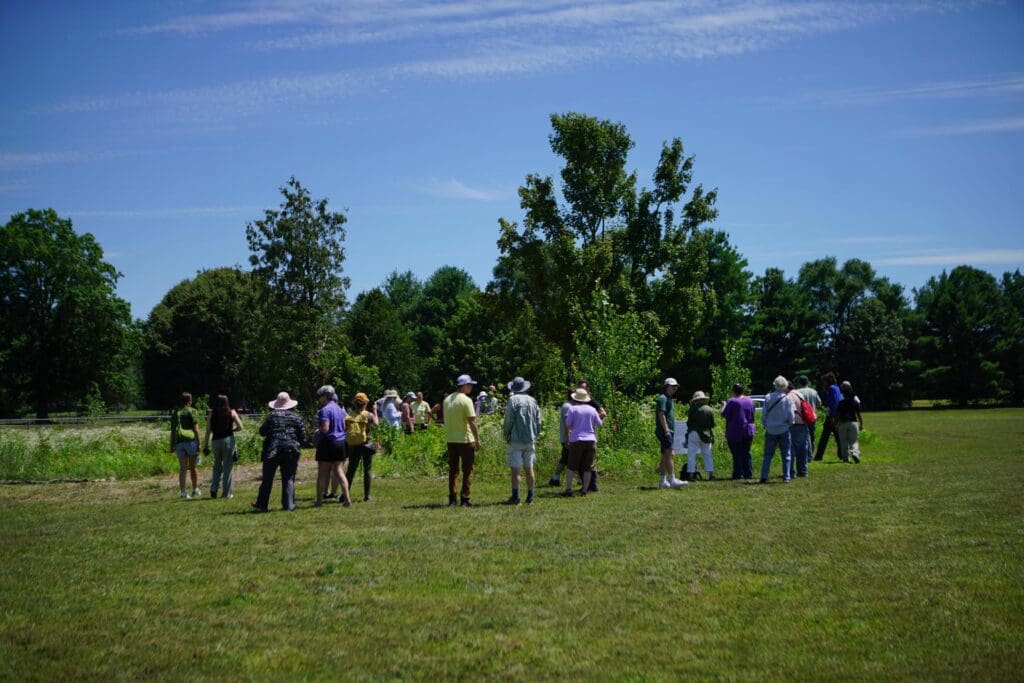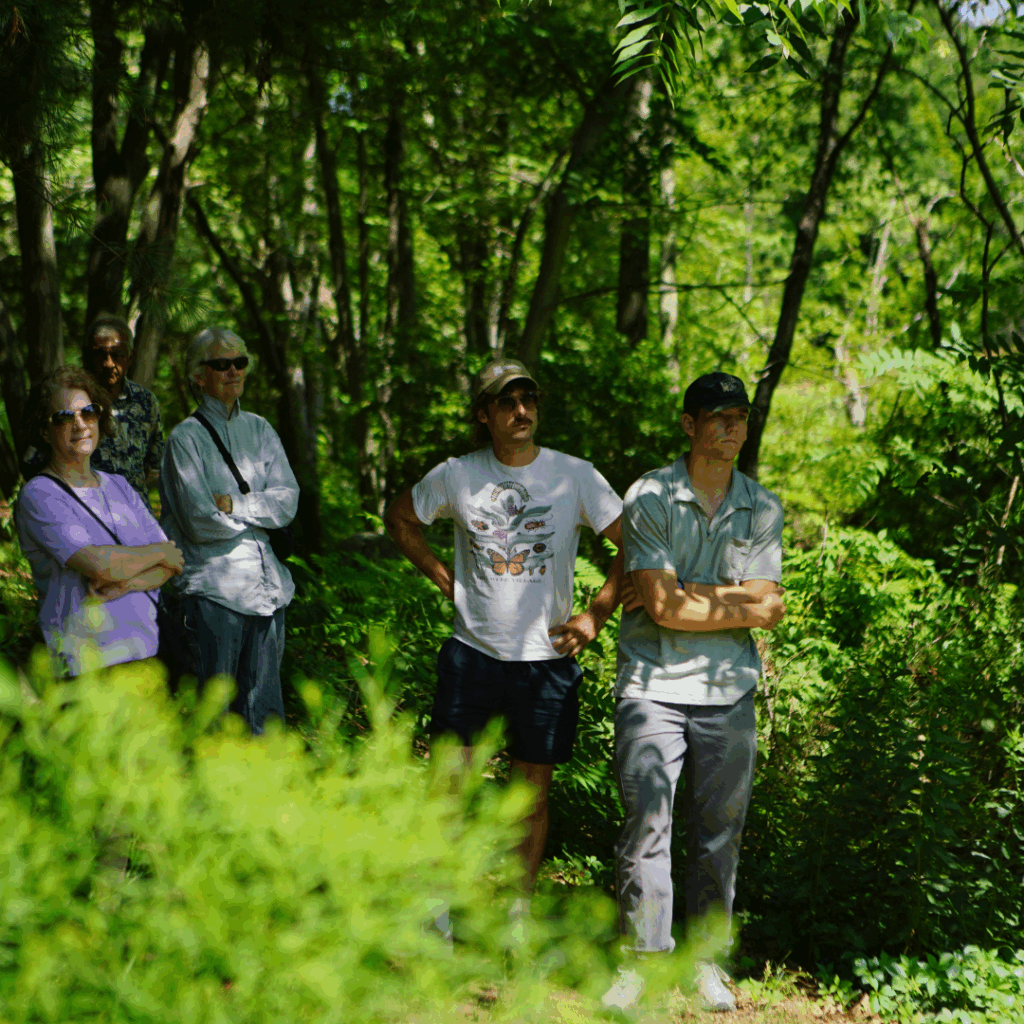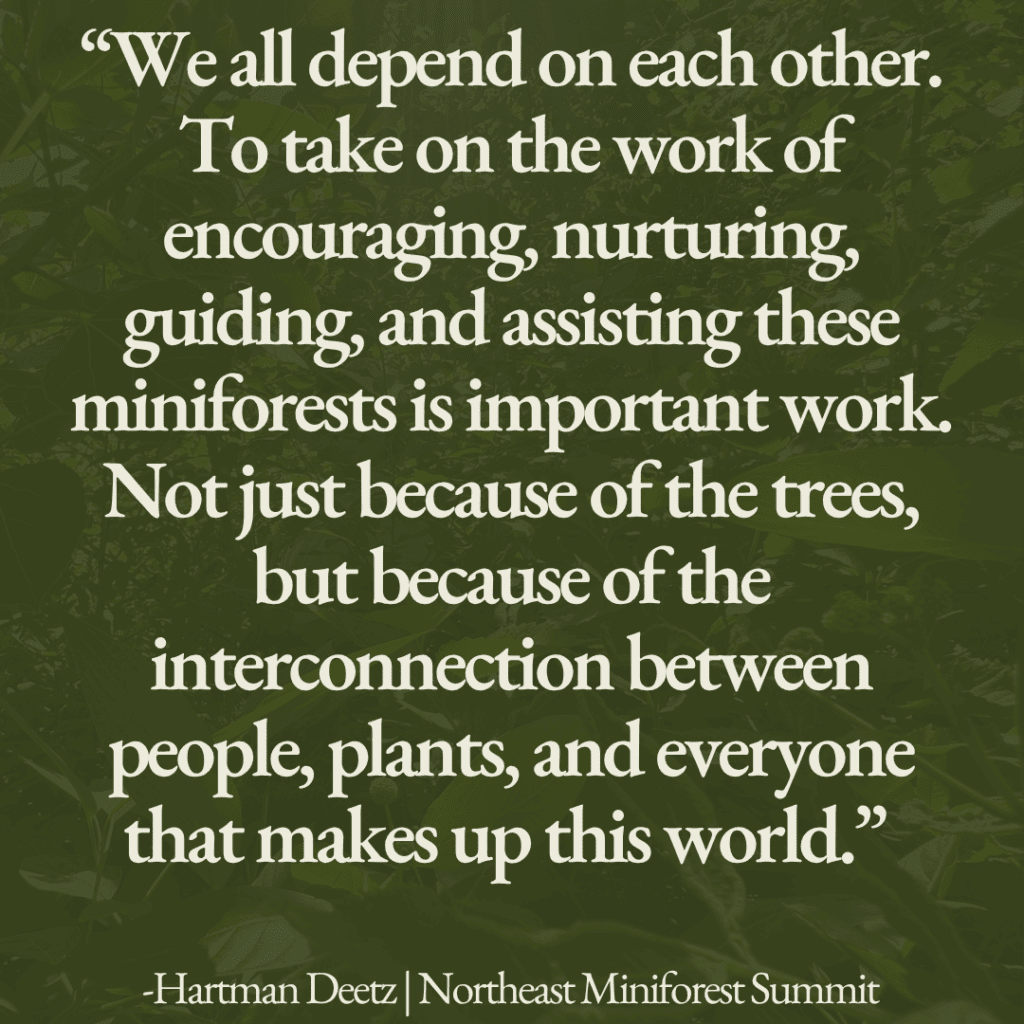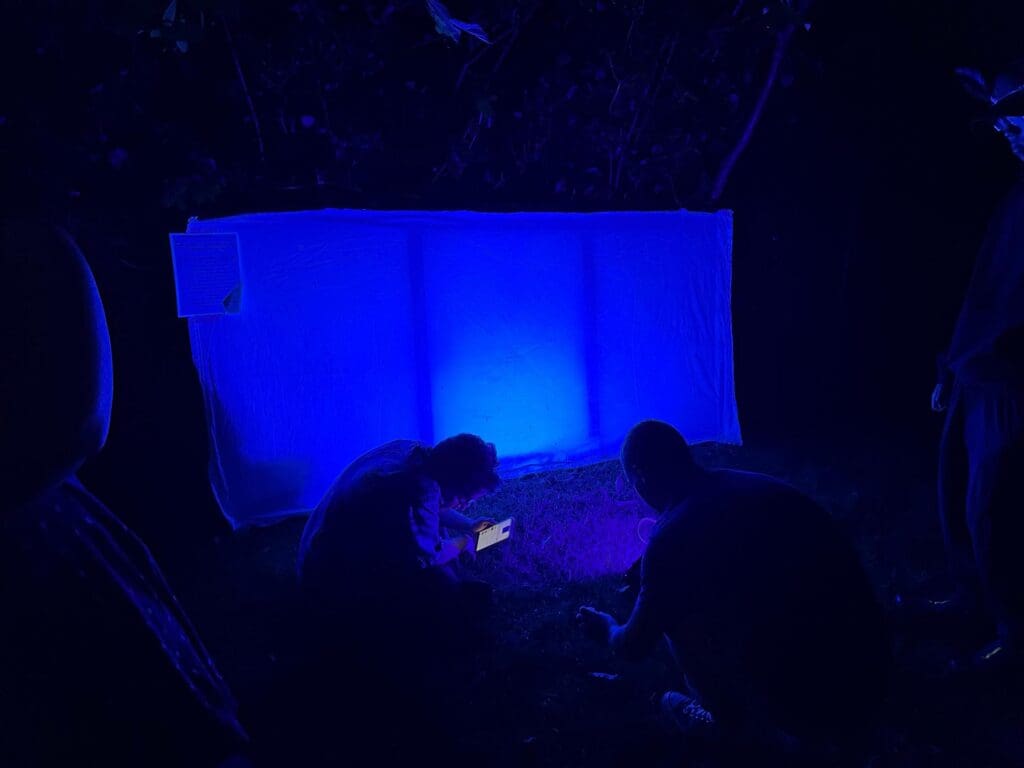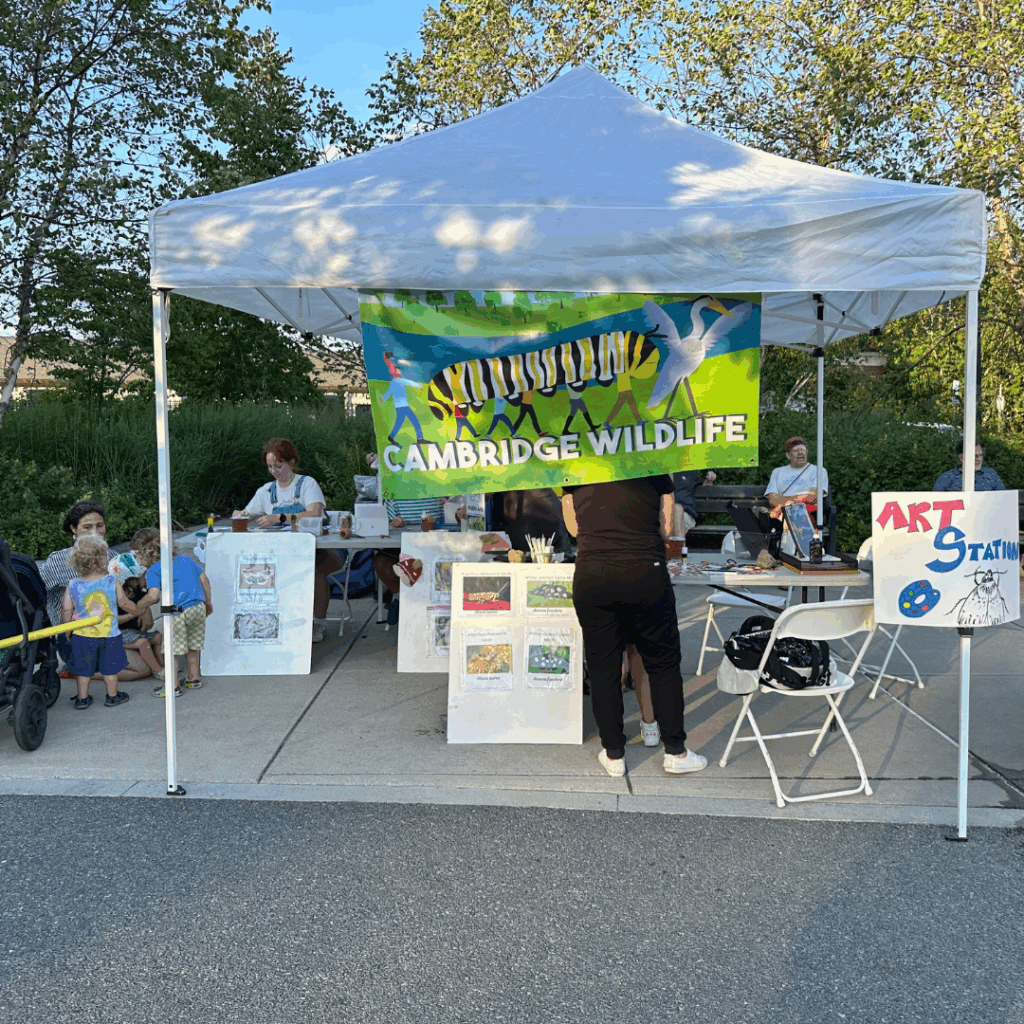What tree, the “Redwood of the East,” once dominated the forests of the Eastern United States, and the cultural landscape as well?
The American Chestnut!
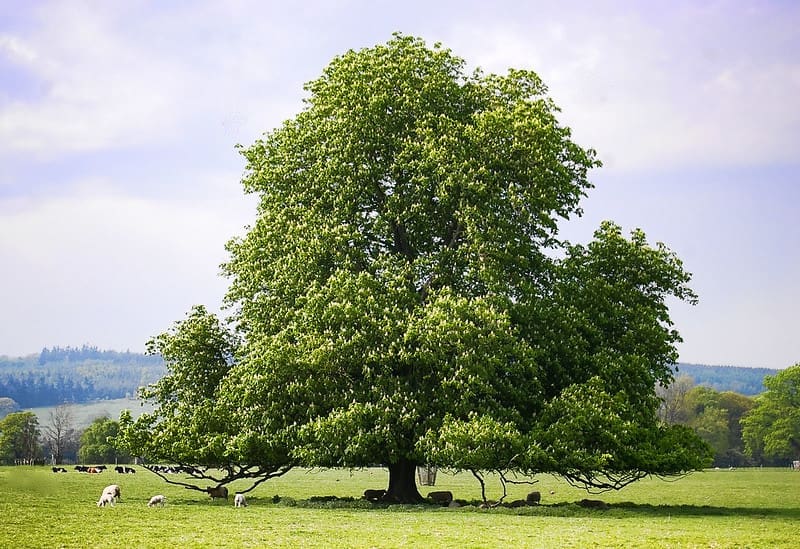
What Nat King Cole, Mel Torme’ and Bing Crosby Were Singing About
According to legend, songwriter Robert Wells, trying to stay cool during the hot summer of 1945, put to paper his favorite parts of winter, eventually turning those thoughts into “The Christmas Song.” First on his list – “chestnuts roasting on an open fire.”
Now maybe, if you are like me, you find that a curious choice. Were chestnuts really that important to the Christmas experience? Before yuletide carols and Jack Frost? Before turkeys and mistletoe and tiny tots who can’t sleep because “SantaSantaSanta?” Why, when penning his favorite parts of winter, did his first thought turn to chestnuts?
Which brings us to the Columbian Exchange.
What is the Columbian Exchange?
The Columbian Exchange, for those who don’t know, refers to the massive transfer of plants, animals, germs, ideas, people, and more that occurred in the wake of Christopher Columbus’ arrival in the Americas. While a detailed analysis of all the impacts of the Columbian Exchange is far beyond the scope of this piece, from a strictly biological standpoint, it began a fierce evolutionary battle as previously unseen species entered new territory for the first time.
One of the most notable victims of this exchange turned out to be the American Chestnut Tree.
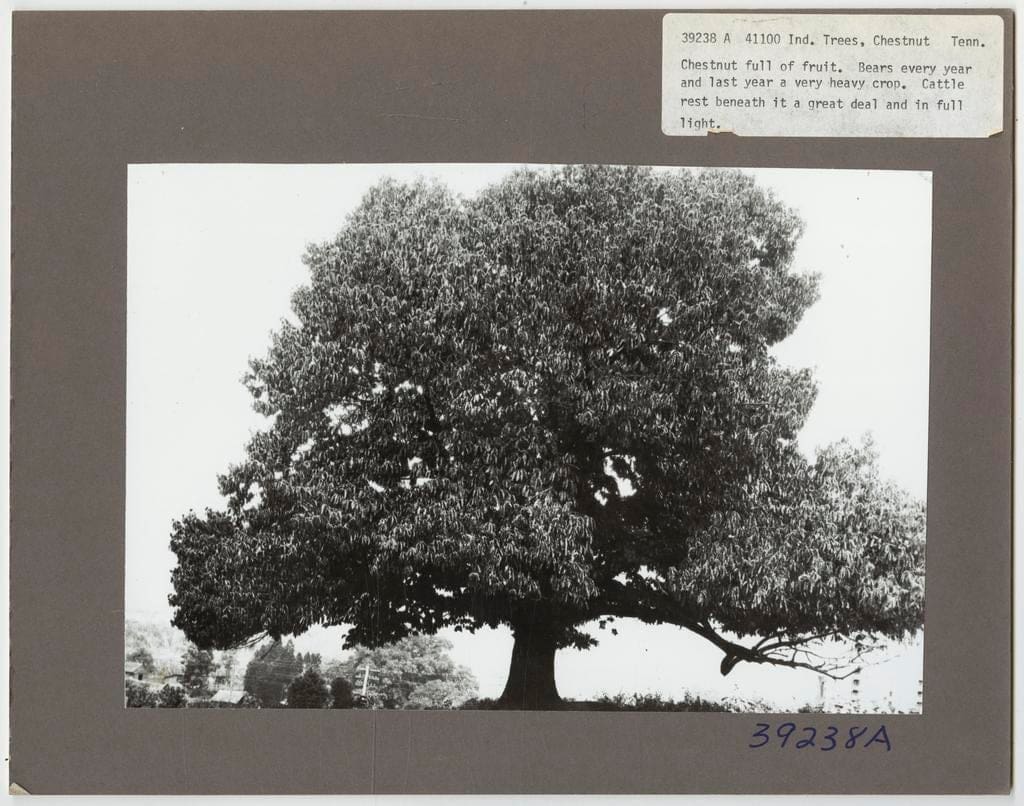
For more than 2,000 years, the American Chestnut dominated the mountains and forests of the Eastern United States, allowing adventurous squirrels to travel, according to legend, from Georgia to New England without ever touching the ground or another species of tree. Each year it provided much of the diet for many species, including black bears, deer, turkeys, the (now extinct) passenger pigeon and more.
The chestnuts, which grew three at a time inside the velvety lining of a spiny burr, contained more nutrients than other trees in the East, making them especially valuable to Indigenous peoples who relied on them as a food source and used them in traditional medicines. Europeans would later use the nuts as feed for their animals, or forage to use them for food or trade. In addition, since the trees grew faster than oak and were highly resistant to decay, the lumber was highly-prized for construction—to this day American chestnut, reclaimed from older buildings, is sometimes used to create furniture.

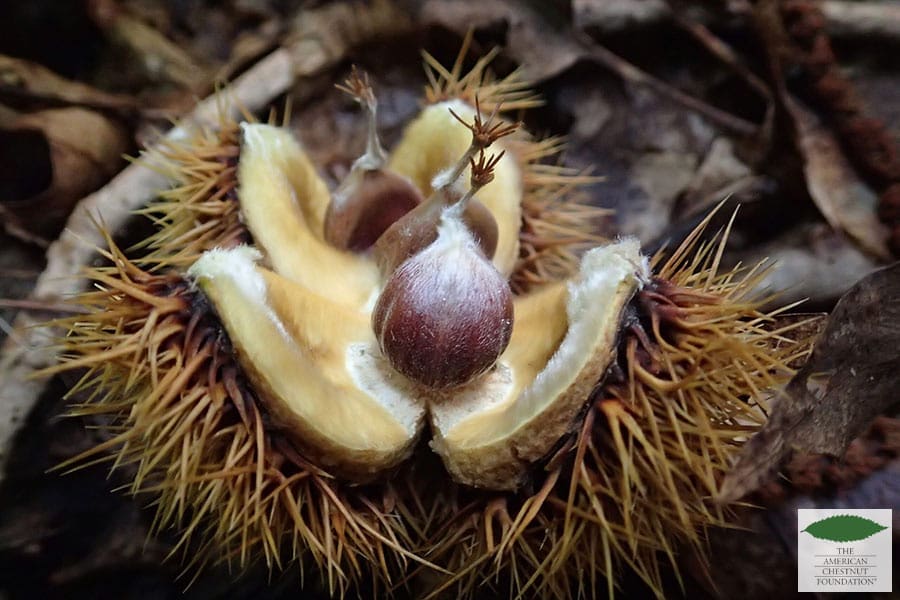
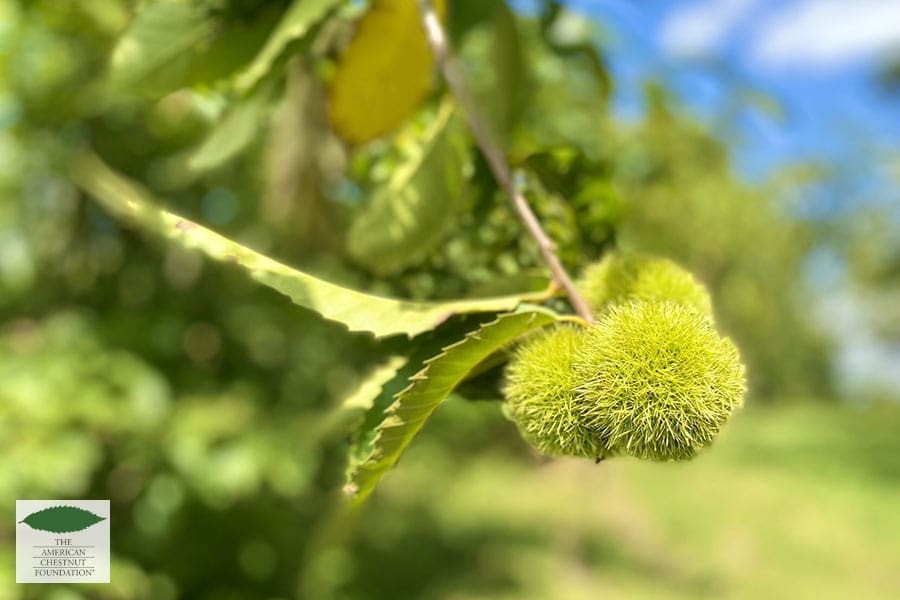
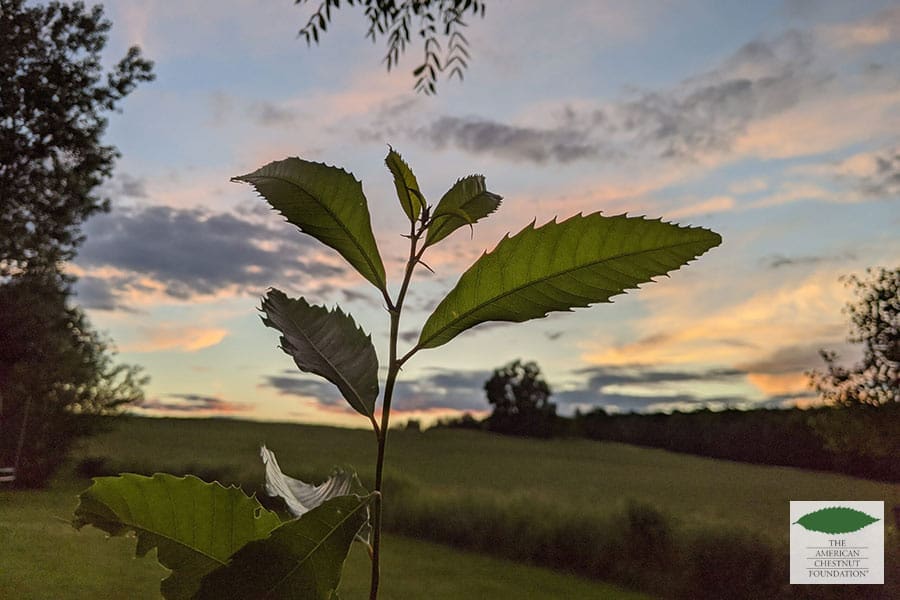
The chestnuts were, in fact, such a staple that, in the late fall and early winter after the trees had delivered their harvest, city streets would be lined with carts roasting the nuts for sale. They are reported to be richer and sweeter than other varieties of chestnut and were a much sought-after wintertime treat. Today, roasted chestnuts are typically imported, and either European or Chinese chestnuts are used and, if our great-grandparents are to be believed, those species are just not as good. In addition, the loss of the American Chestnut deprived the United States of an important export.
So, What Happened?
After Columbus arrived, a fella by the name of Thomas Jefferson danced into his Virginia home-sweet-home with some European chestnuts to plant at Monticello. Somebody else imported Chinese chestnuts and, before too long, ink disease had practically eliminated the American chestnut in the southern portion of its range.
Then, in 1876, Japanese chestnuts were introduced into the United States in upstate New York and, a few decades later, a blight was discovered at the Bronx Zoo (then known as New York Zoological Park) that, by 1906, had killed 98% of the American chestnuts in the borough. Since Asian chestnuts, and to a lesser extent European chestnuts, had evolved alongside the blight, they were able to survive. But the American Chestnut tree (and its cousin the Allegheny Chinquapin) could not. Over the coming decades the airborne fungus, which could spread 50 miles in a year and kill an infected American Chestnut within ten years, had rendered the American Chestnut functionally extinct.
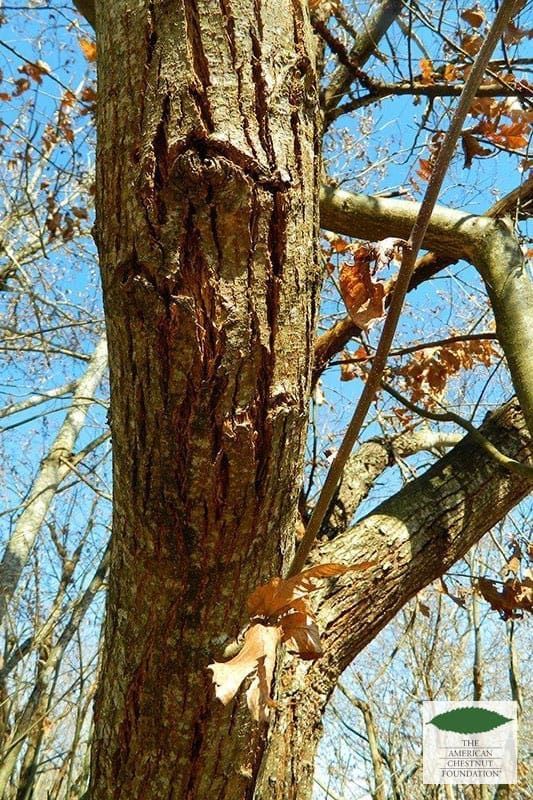
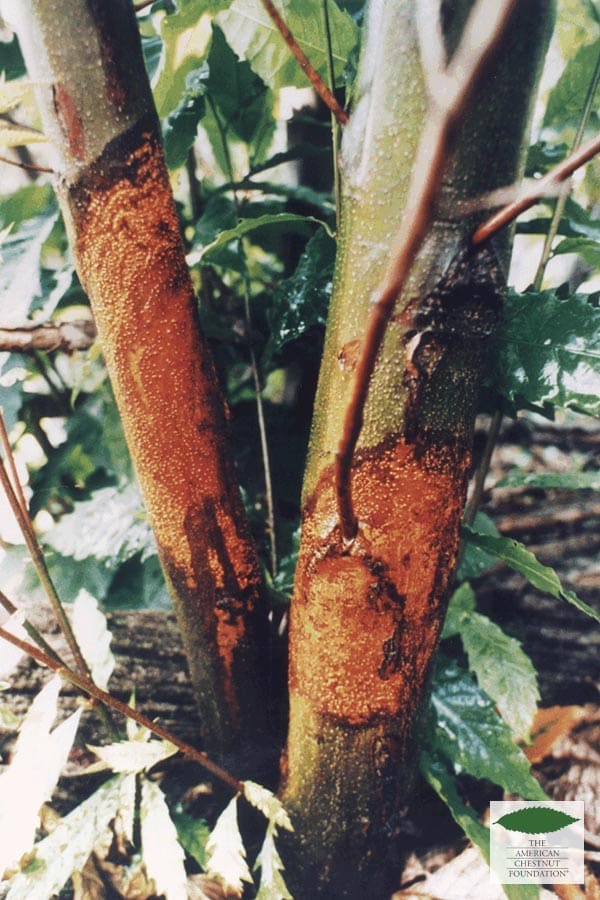
What Does That Mean, “Functionally” Extinct?
While the American Chestnut may be “functionally” extinct, that is not the same as being extinct. The root systems of the trees in many cases have survived, as the blight only kills the above-ground portion, and the below-ground components remain. Every so often a new shoot will sprout from the roots not killed when the main tree stem died. These shoots are only able to grow for a few years before they are infected with the blight, and they never reach a point of bearing fruit and reproducing, but they do grow. For that reason, the tree is classified as “functionally” extinct, but not extinct. In addition, isolated pockets of the species have been found, or planted, west of the trees’ historical range where the blight has not yet reached.
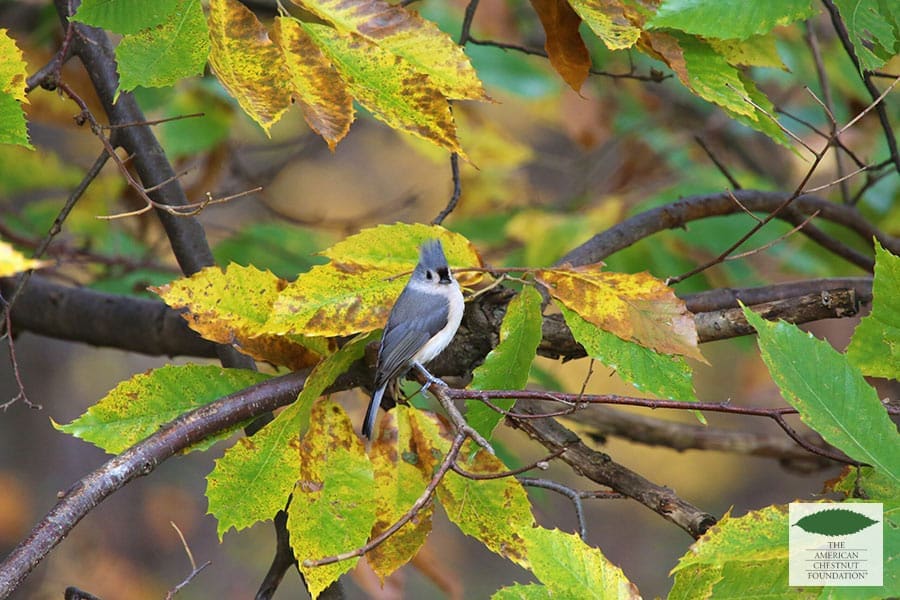
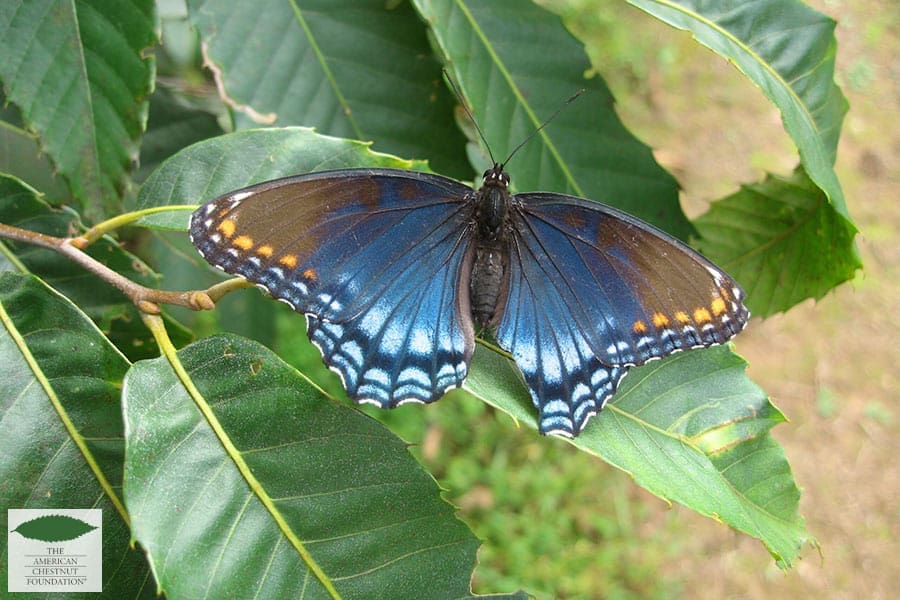

Will I Ever Get to Eat a Roasted American Chestnut?
While you probably won’t get to have the full roasted chestnuts experience as Robert Wells once did, there is hope for this species and hope that maybe your grandchildren will enjoy them as your great-grandparents once did. Programs at several universities such as the University of Tennessee and the State University of New York along with the USDA, US Forest Service and some non-profits like the American Chestnut Foundation are actively working to bring the species back by either cross pollinating blight-resistant specimens or combining them with more resistant species. You can learn more about these efforts toward resilient chestnuts by exploring the sources below.
Ho ho ho,
Mike

Mike Conway is a part-time freelance writer who lives with his wife, kids, and dog Smudge (pictured) in Northern Virginia.
Sources:
American chestnut – Wikipedia
Home | The American Chestnut Foundation (tacf.org)
How to grow an American chestnut | US Forest Service (usda.gov)
The Great American Chestnut Tree Revival – Modern Farmer
What it Takes to Bring Back the Near Mythical American Chestnut Trees | USDA
Sowing the Seeds for a Great American Chestnut Comeback | NPR
Uncredited photos in this blog from tacf.org

